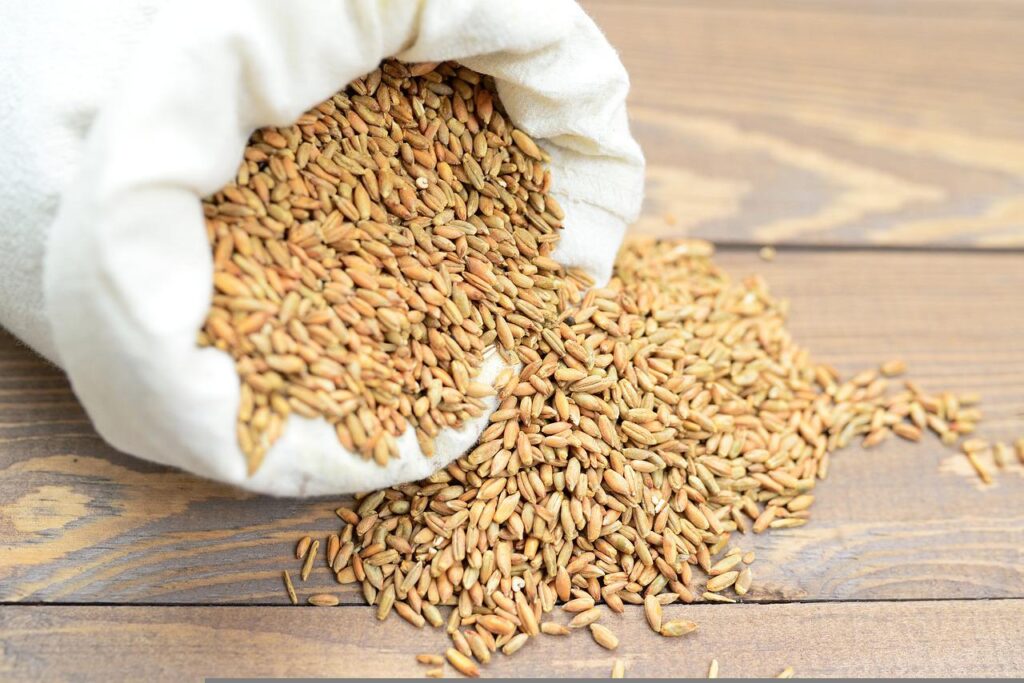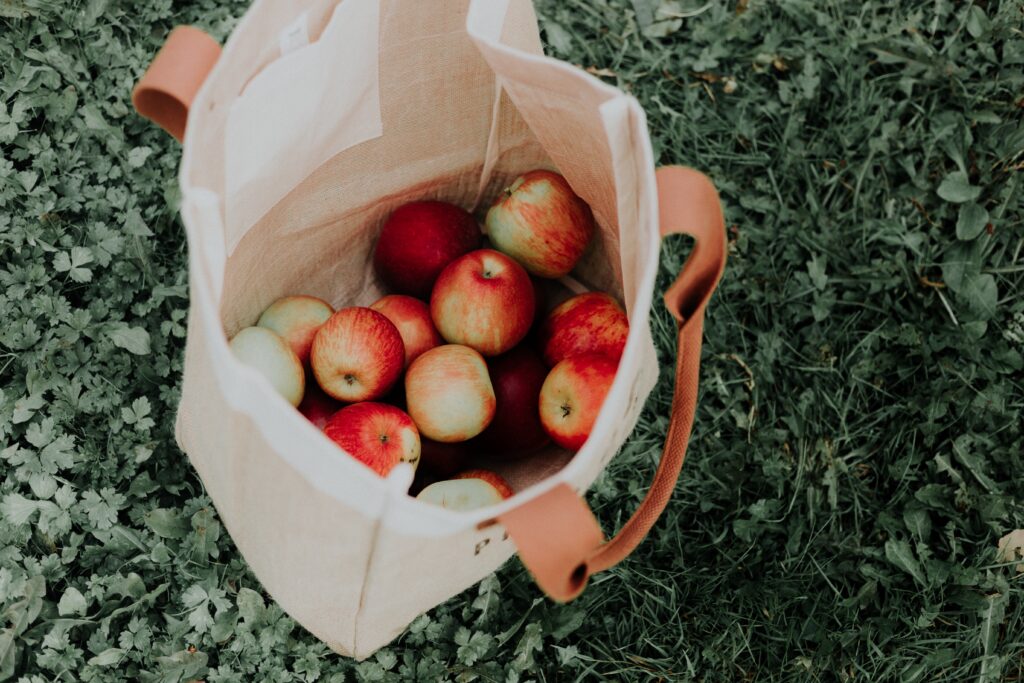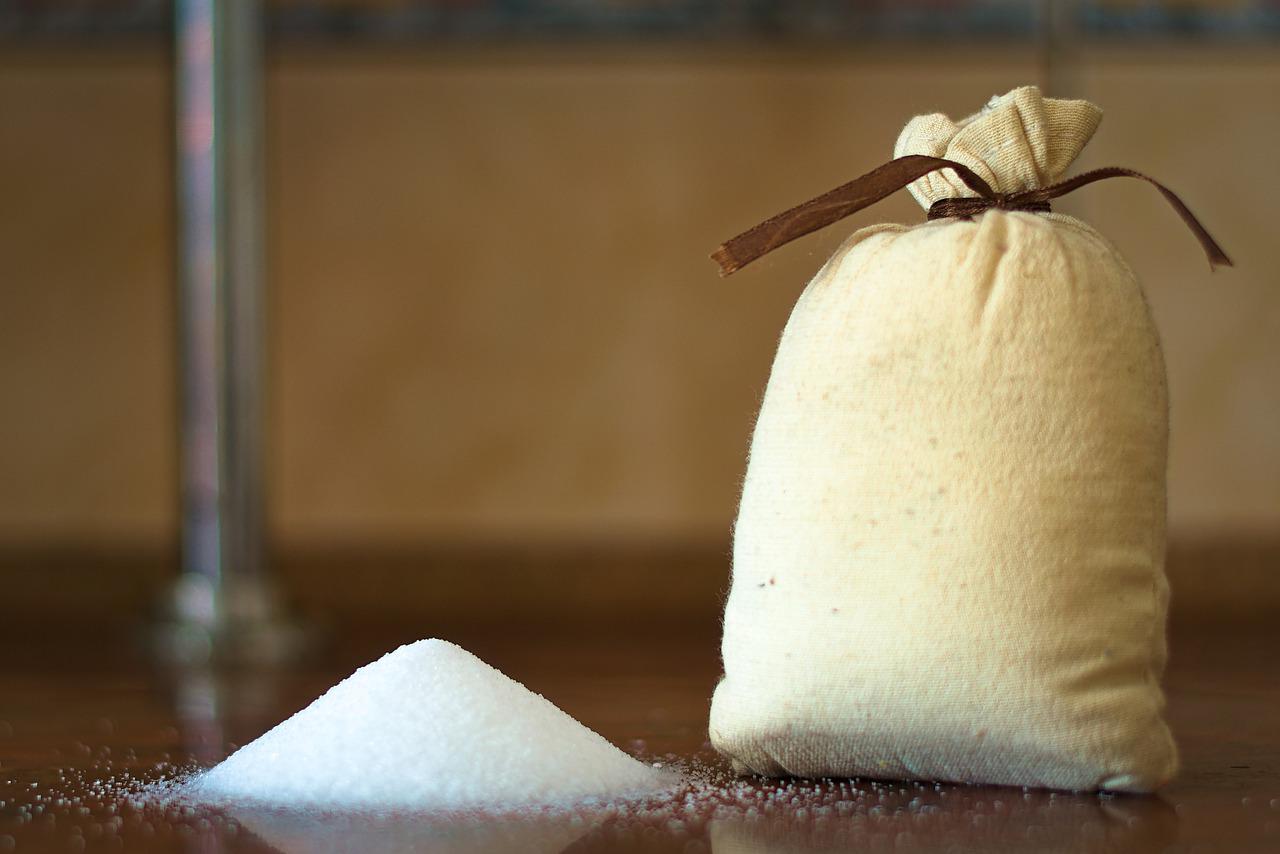What are super sacks? Super sacks, also known as super bags, are large, fabric bags that are used to store and transport materials. They are typically made of polypropylene or polyethylene and can hold anywhere from 500 to 2,000 pounds.
What makes them special? Super sacks have a number of advantages over traditional storage containers. They are lightweight, which makes them easy to transport; they take up less space than traditional containers; and they are moisture-resistant, which prevents the material inside from becoming wet.
Keep on reading to learn more about what are super sacks, what makes them so special, and how to choose the best among all super sacks manufacturers available!
What Are Super Sacks and What Are They Made From?
Super sacks are sacks made from high-density polyethylene (HDPE) that are designed to hold a large volume of material.
They are commonly used for storing and transporting grain, flour, feed, seed, and other types of granular materials. The sacks are usually filled by using a loading machine with a spout that dumps the material into the top of the sack.
Super sacks come in a variety of sizes, but the most common size is approximately 1 cubic meter.
Super sacks can also be sealed airtight and used for storage or long-term transport of food or other perishable items.
What Is the History of Super Sacks and How Did They Come To Be Used Worldwide Today?
Super sacks were first developed in the early 1950s by a company called Fiberboard Products. They were originally designed as shipping containers for bulky materials like paper and wood pulp. Fiberboard was one of the first companies to use plastic for packaging, and their sacks quickly became popular due to their light weight and durability.

By the 1960s, super sacks were being used for a variety of different products, including food, chemicals, and minerals. Today, they are one of the most common types of packaging in the world. Super sacks are made from a variety of materials, including polypropylene, polyethylene, and nylon.
What Are the Benefits of Using Super Sacks for Storage and Transportation Purposes?
There are many benefits to using super sacks for both storage and transportation purposes. Super sacks are larger and stronger than traditional sacks, which means they can hold more weight and be stacked higher without fear of tearing or collapsing. This makes them ideal for storing heavy items such as machinery parts or bulk commodities such as grain.
They are also less likely to rip or leak, making them ideal for transporting liquids or other materials that need to be kept contained. Super sacks also have the advantage of being reusable – you can simply fold them up and store them away for future use, rather than having to dispose of them after each use like with traditional sacks. This makes them more cost-effective in the long run.
Are There Any Disadvantages To Using Super Sacks?
There are a few disadvantages to using super sacks. First, they can be quite expensive, so it’s important to weigh the cost against the benefits. Second, they can be difficult to handle and transport, especially when they’re full. Finally, they can take up a lot of space, so you need to make sure you have enough room to store them.
What Makes Super Sacks So Special?
Super sacks come in a variety of sizes and colors, making them an attractive option for many businesses and consumers.
They are made of high-quality materials and can hold up to 1,000 pounds, making them a great choice for transporting large or heavy items. Additionally, their color options make it easy to customize them for your business or event.
Super sacks are also reusable, making them a more environmentally friendly option than disposable bags. With their variety of sizes and colors, super sacks are sure to meet the needs of your business or event.

Because they’re made of sturdy material, super sacks can hold up to a lot of weight without breaking or tearing.
Super sacks are made from a variety of sturdy materials, including woven polypropylene and burlap, that can hold up to a lot of weight without breaking or tearing. The combination of these materials makes them ideal for storing and transporting heavy loads, such as minerals, grains, and construction debris.
In addition to their strength and durability, super sacks are also moisture-resistant and rot-proof, making them ideal for outdoor storage applications. They’re also airtight, which makes them ideal for storing grains, flour, and other food items.
They’re also recyclable, which makes them a more environmentally-friendly option than some other storage containers.
Super sacks are large bags that are typically used to store dry bulk materials like foodstuffs, chemicals, or minerals. They’re made from woven polypropylene, which makes them extremely sturdy and reusable. Plus, super sacks are also recyclable, which makes them a more environmentally-friendly option than some other storage containers. Here are some tips on how to recycle your super sacks:
First, check with your local recycling facility to see if they accept super sacks. If so, simply rinse out the sack and place it in your recycling bin.
If your local recycling center doesn’t accept super sacks, you can reuse them yourself or repurpose them into something else. For example, you can use them as compost bins, planters, or storage containers.
How To Choose the Best Super Sacks Manufacturer?
When choosing the best super sacks manufacturers, it’s important to consider the company’s experience and expertise in manufacturing and supplying super sacks.
The company should also have a good reputation for quality and customer service. It’s also important to ensure that the company has the necessary equipment and technology to manufacture high-quality super sacks.
Finally, it’s important to consider the price of the super sacks, delivery time, and shipping costs.
Some questions to ask include:
-What kind of materials do they use?
-How well do their sacks hold up under pressure?
-Do they have experience manufacturing sacks for your specific industry?
-Can they customize their sacks to meet your specific requirements?
-How quickly can they turn around orders?
-What kind of customer service do they provide?



